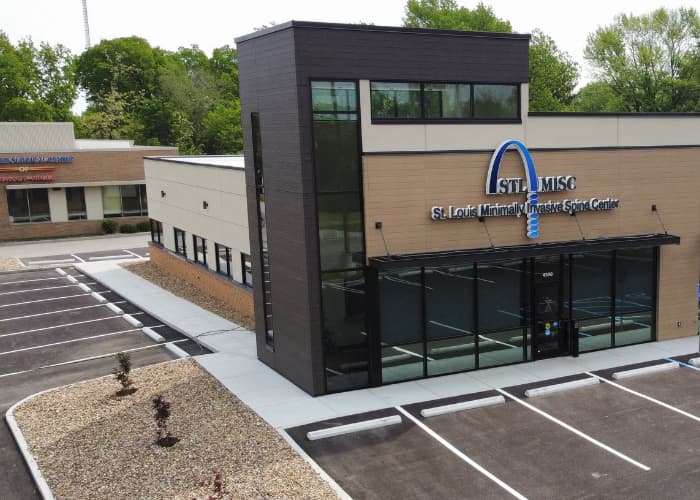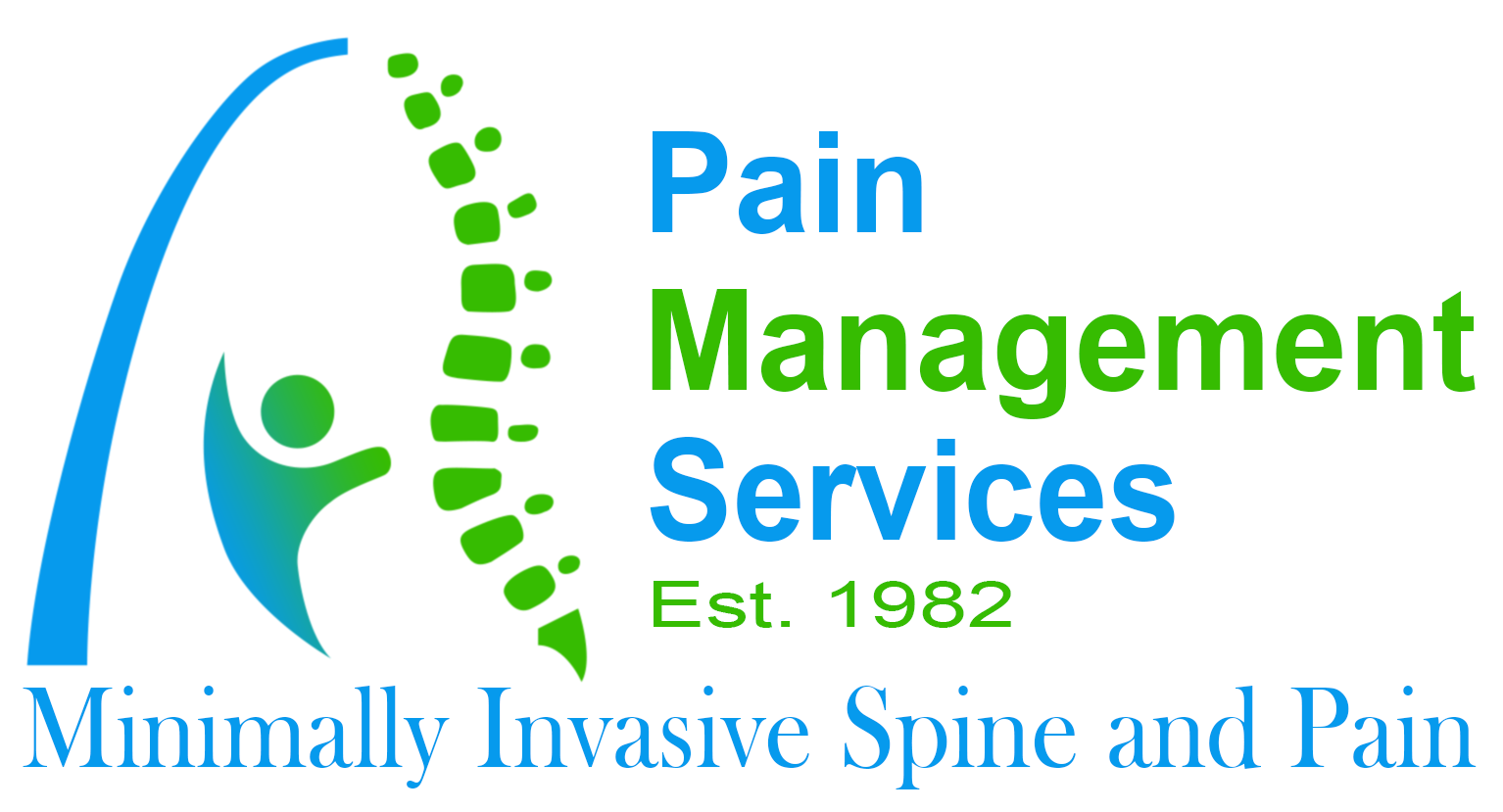For patients grappling with acute or chronic pain, nerve blocks present a viable and often life-changing treatment option. Administered by Dr. Calvin Cajigal at Pain Management Services, with locations in Des Peres and St. Peters, MO, nerve blocks can target specific areas of pain, offering relief and a potential pathway to recovery. This blog delves into the various types of nerve blocks and their applications in managing pain effectively.
Understanding Nerve Blocks
A nerve block involves injecting medication directly into or around a nerve or into the spine to manage pain. The primary goal is to alleviate discomfort, allowing patients to participate more fully in their recovery process, such as physical therapy.
Types of Nerve Blocks
Nerve blocks vary depending on the location of the pain and the desired duration of pain relief. Some common types include:
- Epidural Steroid Injections: Used primarily for lower back and legs pain, often related to spinal disorders.
- Facet Joint Injections: Target pain in the joints along the spine.
- Sympathetic Nerve Blocks: Focus on nerves affecting a wide body area, such as the face, arms, legs, or heart.
- Peripheral Nerve Blocks: Aimed at nerves in specific areas outside the central nervous system.
Each type serves a distinct purpose and is chosen based on the patient’s specific condition and pain management needs.
Applications in Pain Management
Nerve blocks are employed in various scenarios:
- Chronic Pain Management: Nerve blocks can effectively manage conditions like chronic regional pain syndrome or severe facial pain.
- Surgical Anesthesia: Nerve blocks are often used as anesthesia during surgeries to prevent pain in specific parts of the body.
- Acute Pain Control: Nerve blocks can temporarily benefit conditions like acute herniated discs or injuries, reducing the need for systemic pain medications.
The Procedure Explained
The procedure for administering a nerve block is meticulous and patient-specific. Dr. Cajigal ensures that all procedures are conducted under the safest conditions, often using imaging technologies like fluoroscopy or ultrasound to guide the injections precisely. Here’s what typically happens:
- Preparation: The area of injection is cleaned and numbed.
- Injection: The medication is injected near the affected nerve using imaging for accuracy.
- Observation: Patients are monitored for adverse reactions and effectiveness.
Safety and Considerations
While nerve blocks are safe for many, they have potential risks, such as infection, bleeding, or nerve damage. Dr. Cajigal discusses these risks thoroughly with each patient, ensuring they understand all aspects of the procedure.
Patient Experiences and Outcomes
Many patients at Pain Management Services report significant pain reductions and functionality improvements following nerve block therapy. These positive outcomes underscore the treatment’s potential to significantly enhance quality of life.
Making the Right Choice
Choosing the right type of nerve block involves a detailed discussion with Dr. Cajigal, who considers your medical history, specific pain issues, and overall health. This personalized approach ensures that all treatments align with individual needs and health goals.
Beyond Pain: A New Chapter in Life
Nerve blocks are a cornerstone of the comprehensive pain management strategies employed by Pain Management Services. They offer relief and a return to normalcy and independence for many patients.
Sources:
- American Academy of Pain Medicine
- National Institutes of Health on Pain Management
- Patient success stories and data from Pain Management Services









